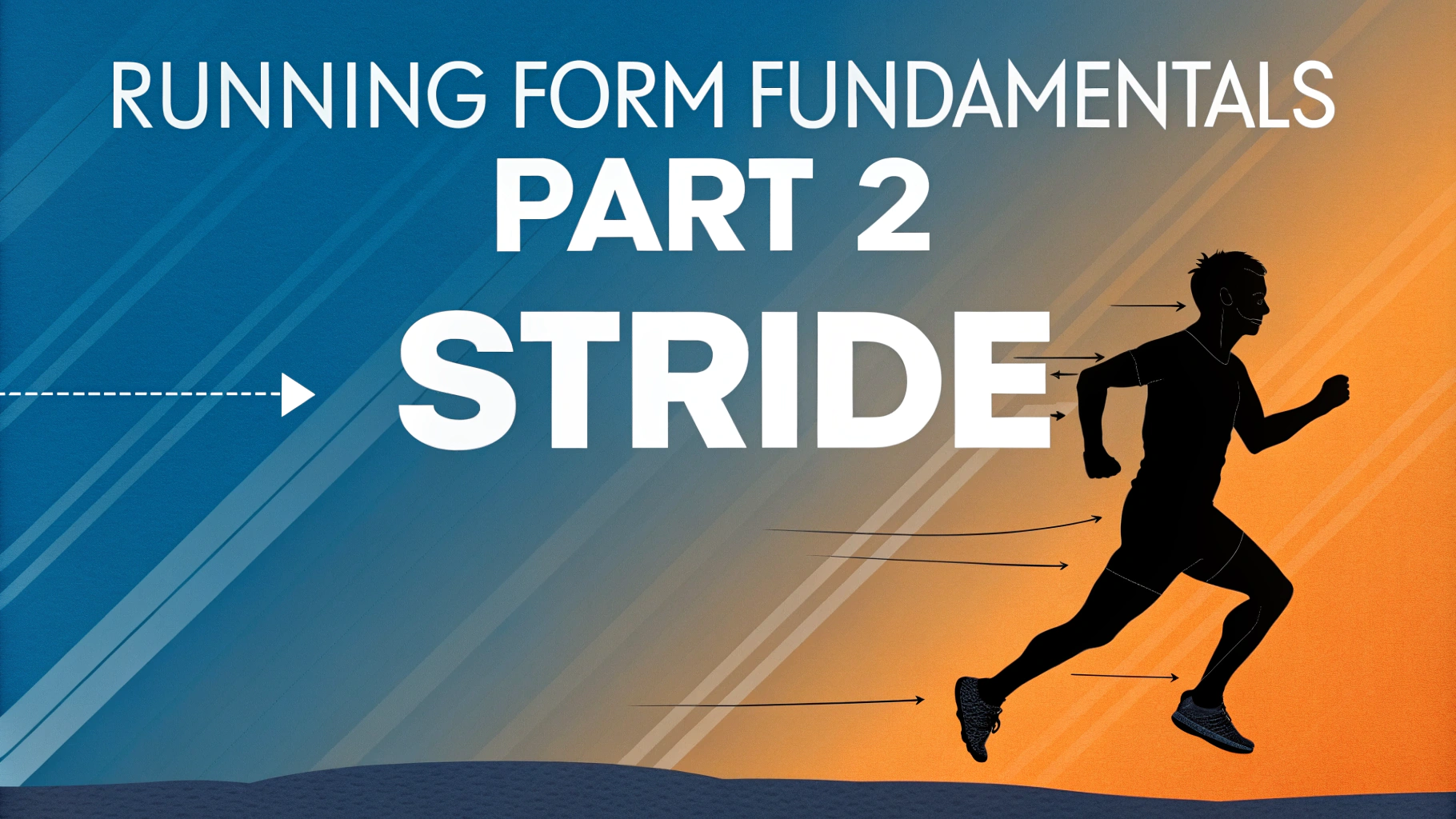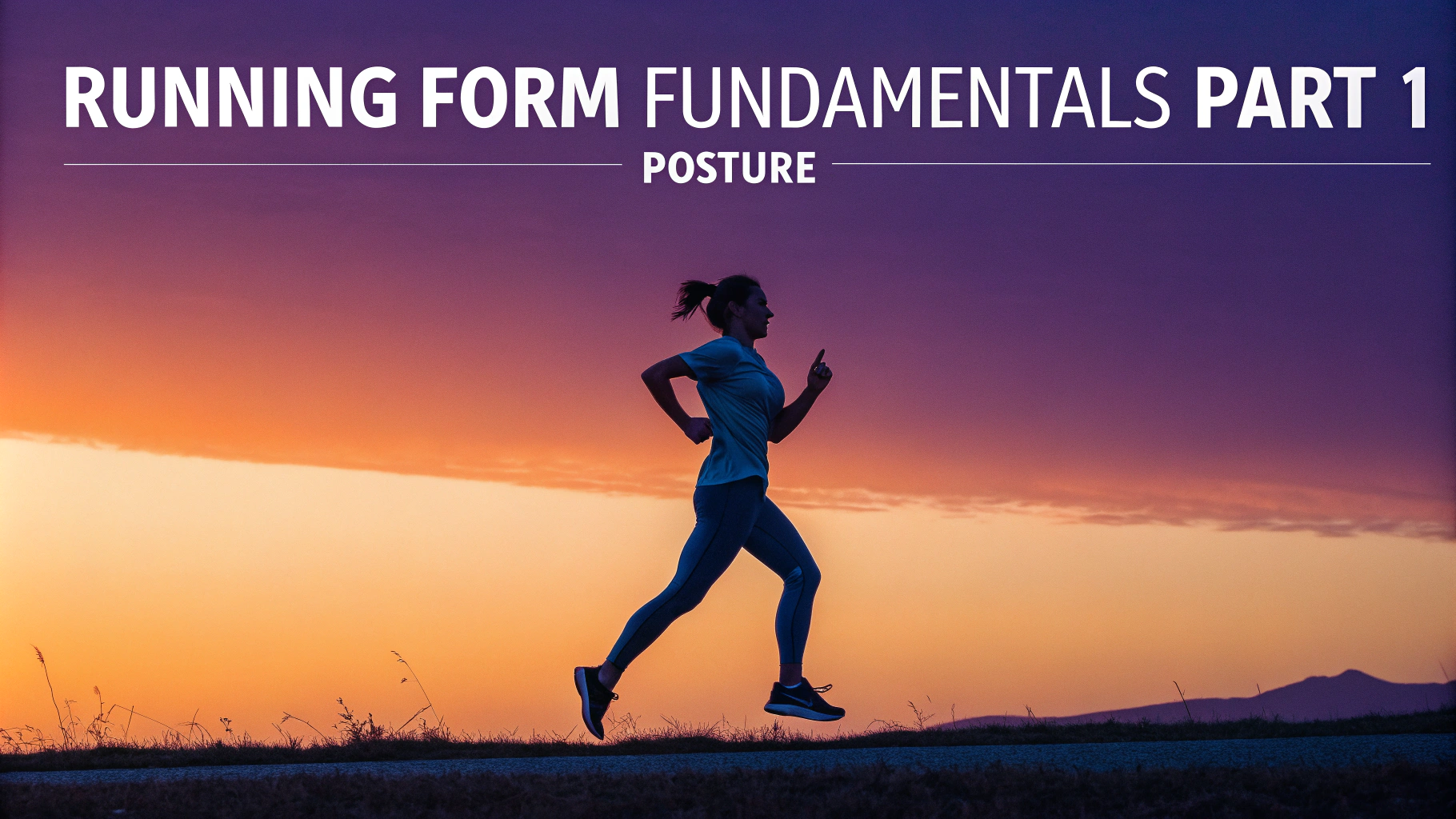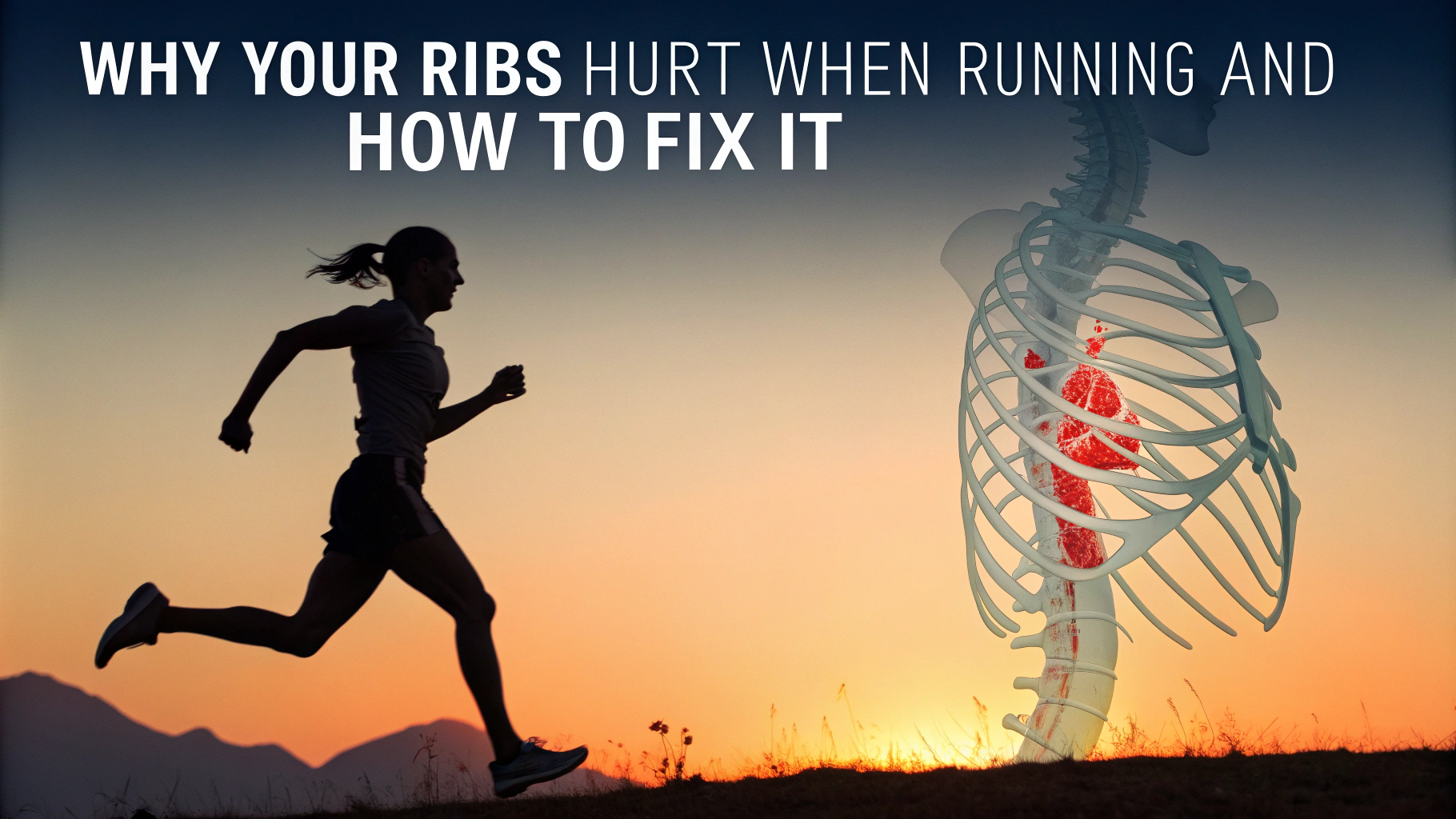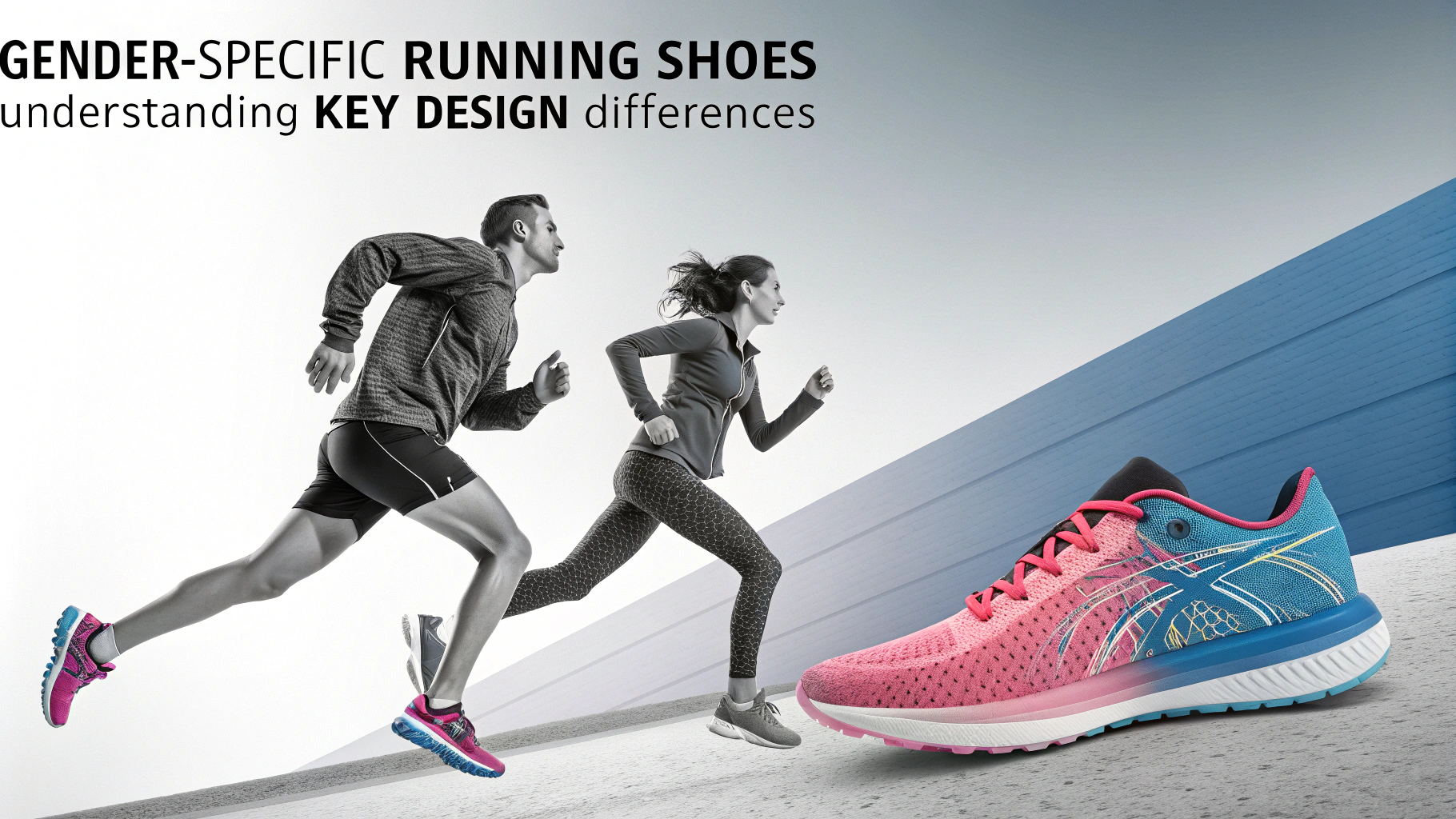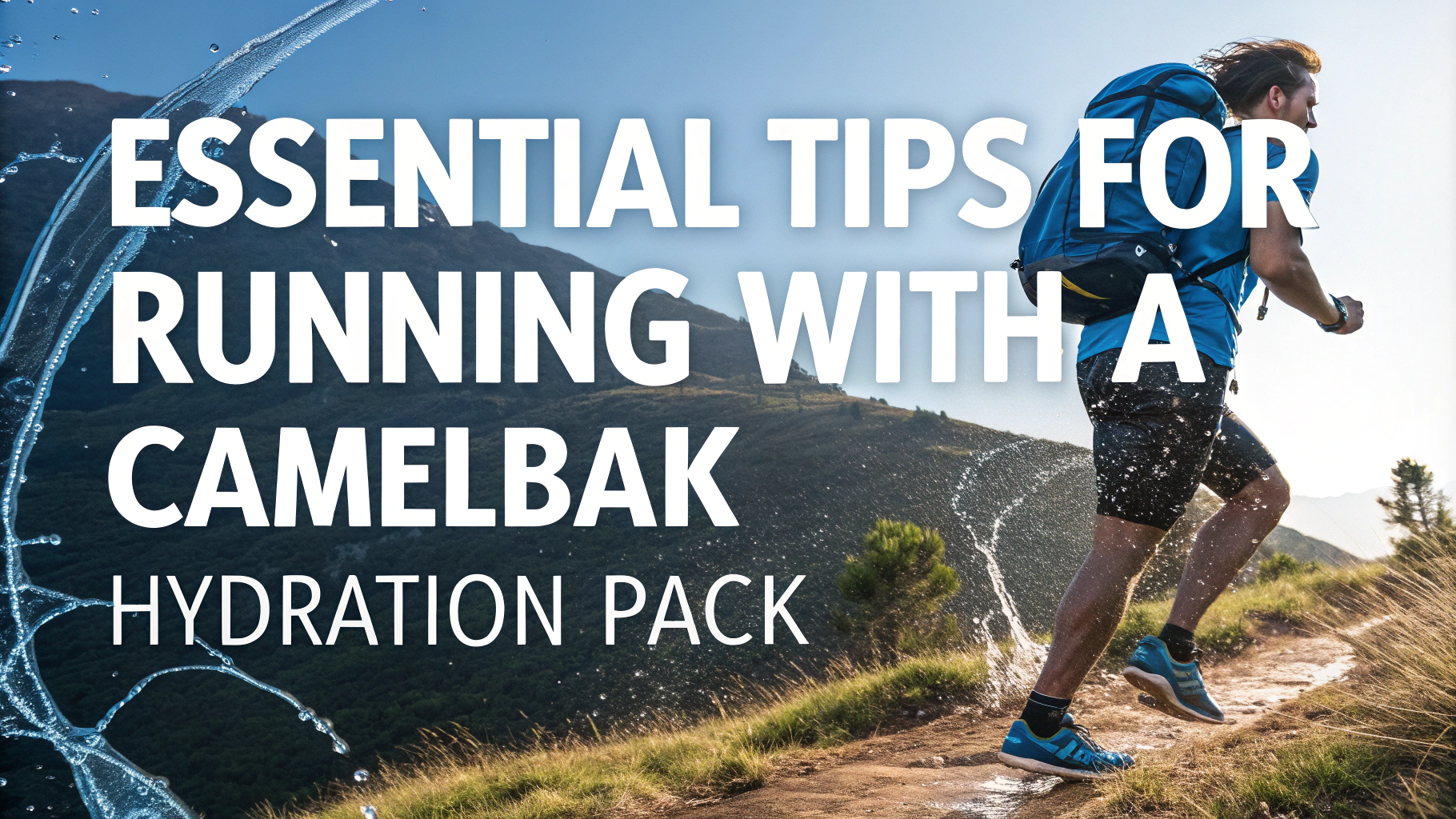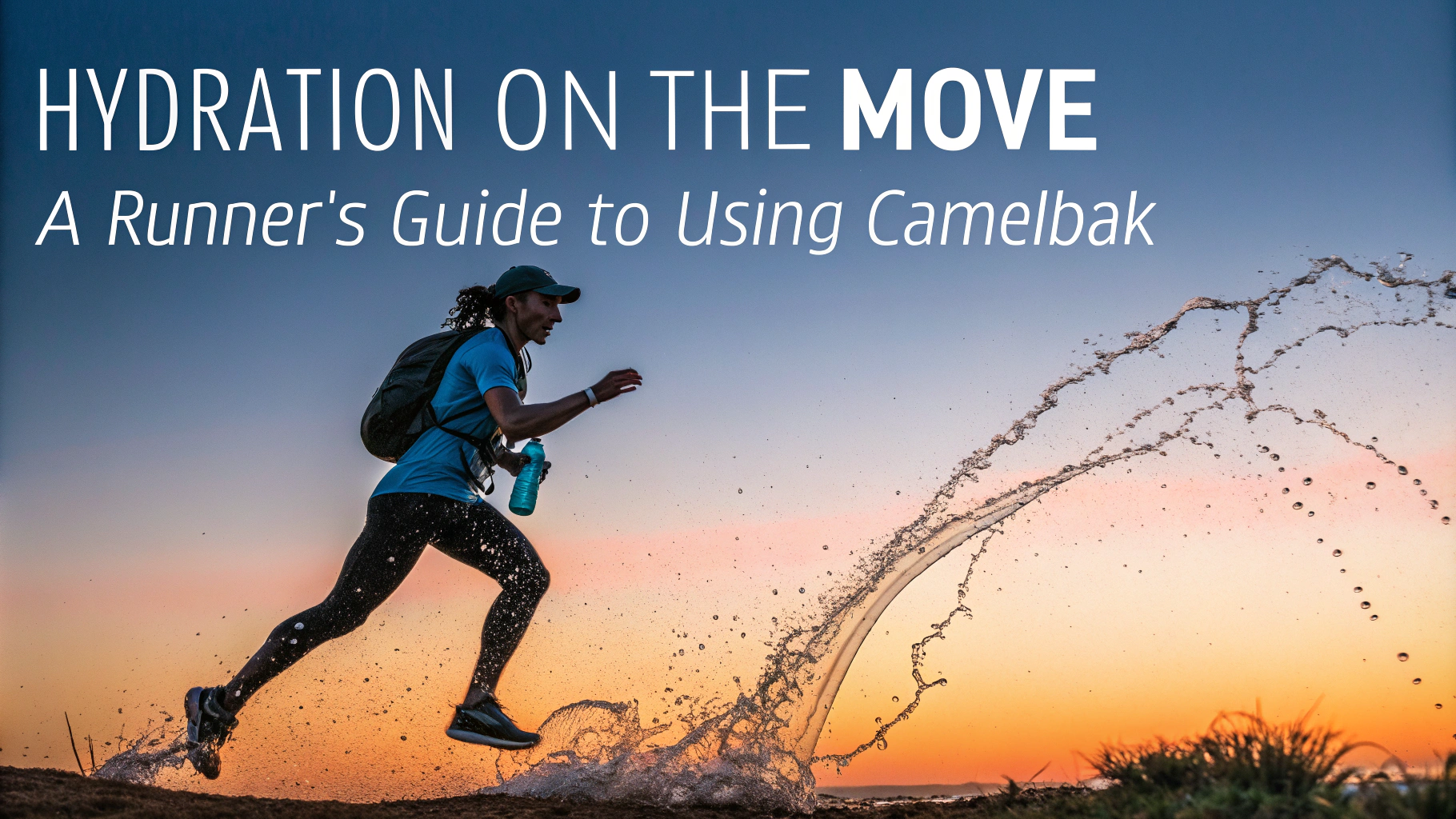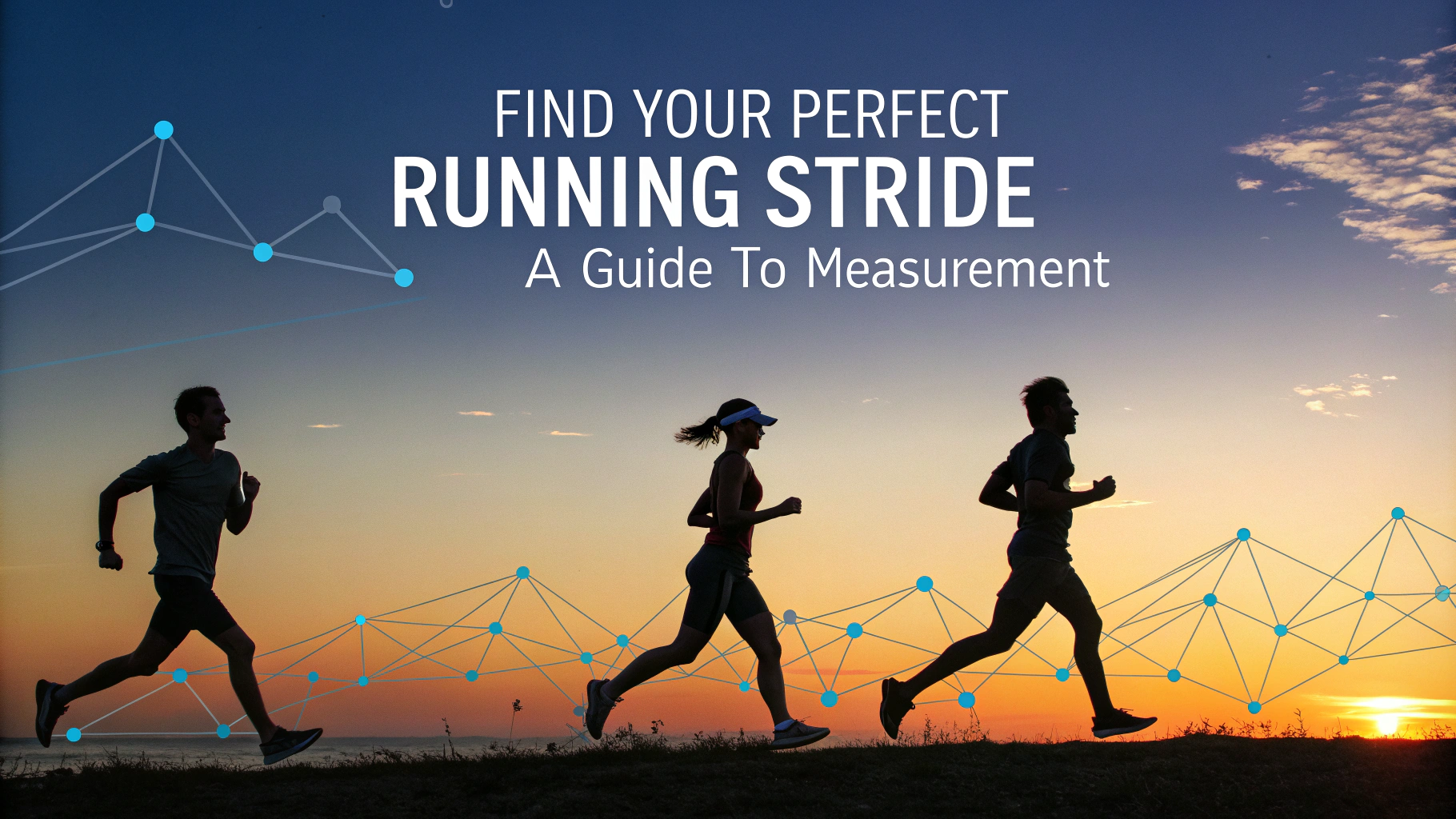Finding the right running shoes is key for both comfort and injury prevention when starting your running journey.
Understanding Your Foot Type
Your foot’s arch type – low (flat feet), neutral, or high – helps determine which shoes will support you best.
Quick Arch Test:
- Wet your foot and step on a piece of paper
- Look at the imprint – complete footprint means flat feet
- Missing middle section indicates high arches
- Moderate curve shows neutral arches
Key Features to Consider
- Cushioning: More padding helps absorb impact but reduces ground feel
- Stack Height: Distance between your foot and the ground
- Drop: Difference in height between heel and toe (typically 0-12mm)
- Width: Shoes should have about thumb’s width space in front
Recommended Shoes for Beginners
| Foot Type | Recommended Models |
|---|---|
| Neutral | Brooks Ghost, Nike Air Zoom Pegasus |
| Flat Feet | ASICS GT-2000, Brooks Adrenaline GTS |
| High Arches | HOKA Bondi, New Balance Fresh Foam 1080 |
Shopping Tips
- Shop late afternoon when feet are slightly swollen
- Wear the socks you plan to run in
- Try both shoes on and walk around the store
- Consider visiting specialized running stores for gait analysis
Breaking In Your Shoes
New running shoes need about 20-40 miles of gentle use before tackling longer distances.
Replace your running shoes every 400-500 miles or when you notice significant wear patterns.
Red flags that indicate poor shoe fit include numbness, blisters, or persistent discomfort after the break-in period.
Where to Buy
- Running Specialty Stores: Fleet Feet, Road Runner Sports
- Online Retailers: Running Warehouse, Zappos
Most running specialty stores offer return policies even after you’ve run in the shoes.
Training in New Shoes
- Start with short runs (15-20 minutes)
- Gradually increase distance over 2-3 weeks
- Alternate between new and old shoes initially
- Listen to your body for any discomfort
Maintenance Tips
- Keep shoes dry between runs
- Remove insoles to dry separately
- Clean with gentle soap and water only
- Never machine wash or dry
When to Replace
Signs You Need New Shoes:
- Visible wear on outsoles
- Compressed midsole cushioning
- Upper material tears or holes
- New aches and pains
- Loss of shock absorption
Conclusion
Investing time in finding the right running shoes pays off through improved comfort and reduced injury risk. Remember to:
- Know your foot type and running style
- Focus on comfort over brand names
- Replace shoes regularly
- Shop at specialized stores for expert guidance
Track your mileage in each pair of shoes to help determine when replacement is needed.
FAQs
- How do I know what type of running shoe is right for me?
The right shoe depends on your foot arch type, running gait, and intended use. Visit a specialty running store for a professional gait analysis to determine if you need neutral, stability, or motion control shoes. - What’s the ideal fit for running shoes?
Running shoes should have a thumb’s width of space between your longest toe and the shoe’s tip. The heel should be snug but not tight, and the midfoot should have a secure fit without pinching. - Should I buy running shoes a size bigger?
Yes, typically go up half a size from your regular shoe size as feet tend to swell during running and need extra room to prevent blisters and blackened toenails. - How much should I spend on my first pair of running shoes?
Quality running shoes typically range from $80-$150. While it’s tempting to go budget, investing in proper footwear helps prevent injury and provides better comfort for beginners. - How do I know if I overpronate or underpronate?
Check your old shoes’ wear pattern or wet your feet and walk on a paper bag. If wear is mainly on the inside, you overpronate; if it’s on the outside, you underpronate (supinate). - How long do running shoes last?
Running shoes typically last 400-500 miles or 4-6 months of regular use. Replace them when you notice decreased cushioning or visible midsole wear patterns. - Should I have different shoes for different types of running?
For beginners, one pair of well-fitted running shoes is sufficient. As you advance, you might want specific shoes for different purposes like racing, trail running, or long distances. - What’s the difference between running shoes and walking shoes?
Running shoes have more cushioning, flexibility, and heel-to-toe drop to accommodate the higher impact of running. Walking shoes are generally stiffer with less cushioning. - Should I tie my running shoes differently than regular shoes?
Yes, running shoes should be tied using techniques like heel lock lacing or window lacing to prevent heel slippage and provide better support during runs. - Can I use running shoes for other activities?
While possible, it’s not recommended to use running shoes for other sports as they’re designed specifically for forward motion and may not provide proper support for lateral movements required in other activities.


